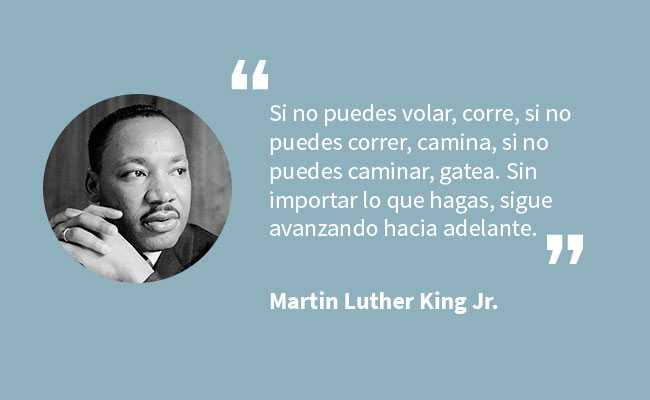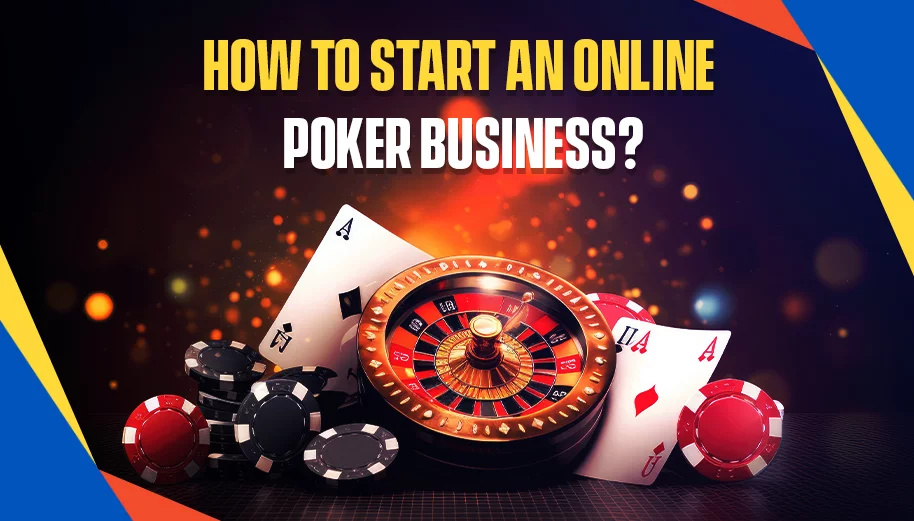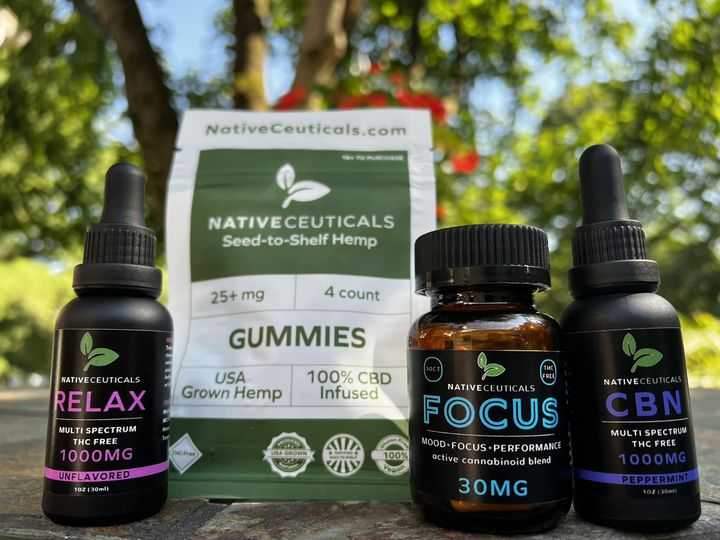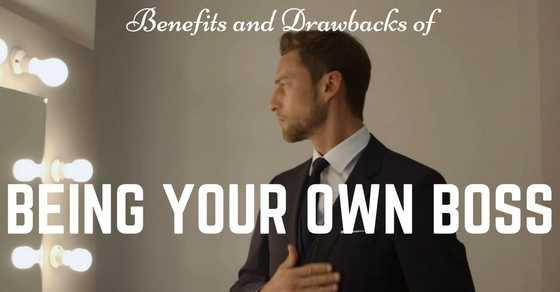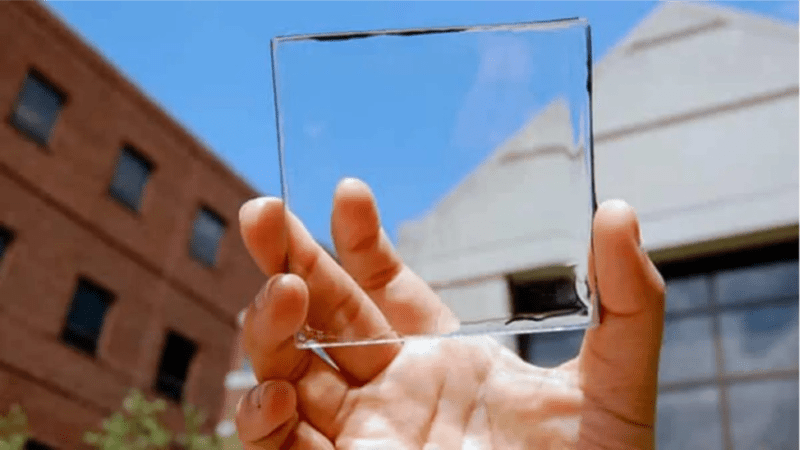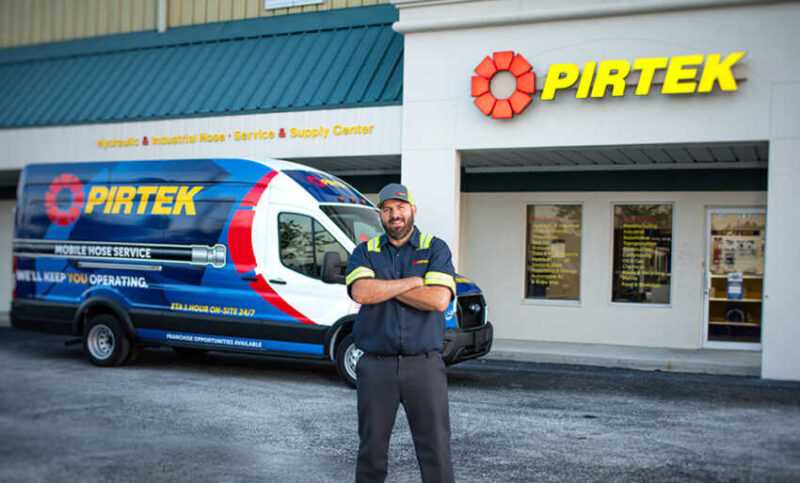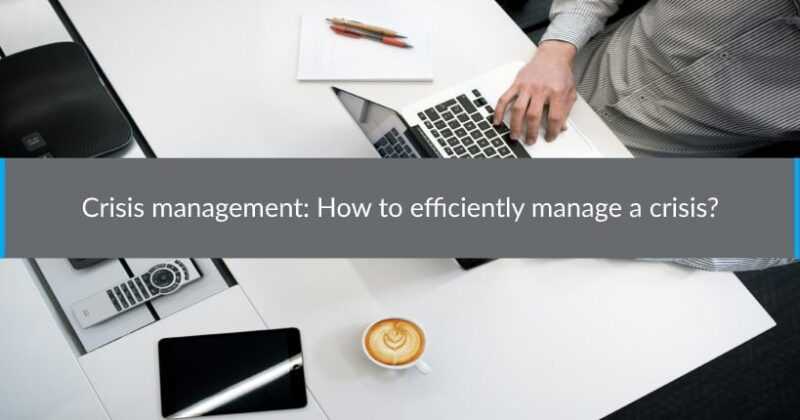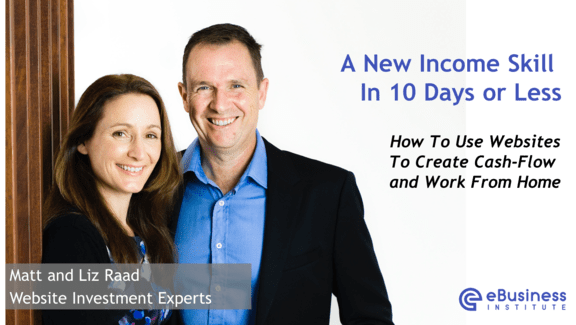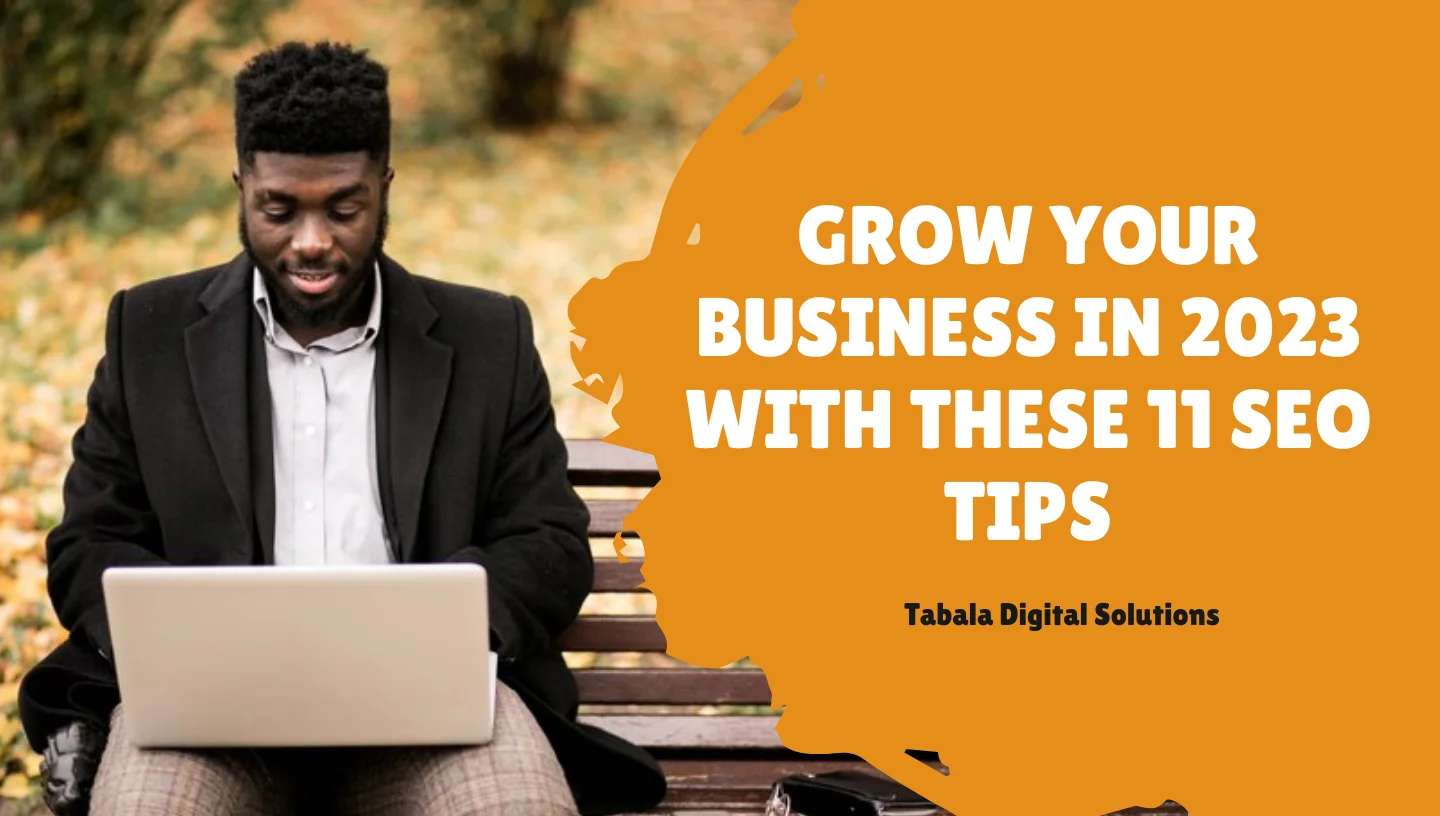Are you planning to start a podcast? You are in good company.
In 2019, the Libsyn podcasting platform hosted over 69,000 shows and delivered 6.2 billion unique podcast downloads to audiences around the world.
With minimal start-up costs and plenty of monetization options, it’s no wonder podcasting is becoming one of the most popular content marketing strategies for all types of online entrepreneurs. And while setting up a podcast can be done quickly and with minimal budget, it still takes good planning to lay the foundation for success.
If that sounds like fun, here’s how to start a podcast in six easy steps.
Step 1: Create a Podcast Plan
In its purest form, a podcast is a digital series that is (usually) produced on a weekly basis. Once created, subscribers can download a podcast and listen to it whenever and wherever they want. While it sounds relatively easy, it still takes a lot of forethought and planning to get started the right way. That’s why the first important step in becoming a podcaster is to create a plan.
What will you talk about?
As a form of content marketing, you’ll want to choose a general category or niche that each of your episodes will discuss. Ideally, the category chosen will demonstrate your expertise and allow your personal knowledge to take center stage. This gives your listeners tons of value and, in turn, they are likely to become loyal followers. If a topic doesn’t jump out at you or you’re having trouble narrowing it down, check out the most popular podcasts on iTunes for inspiration.
Describe your podcast
Now that you know what you’re going to be discussing, it’s time to start framing your podcast. The average podcast is 43 minutes long. If that seems like a lot of talk time right out the door, you can aim for something shorter to start. Marketing experts Neil Patel and Eric Siu run a podcast called Marketing School, and their episodes average 5-10 minutes each.
To help you get the most out of each of those minutes, create a plan. A basic overview for a 10 minute podcast looks like this:
- Oral introduction: 30 seconds
- Music / Audio clip: 15 seconds
- First subject: 2 minutes
- Second subject: 2 minutes
- Short musical break / interlude: 30 seconds
- Third subject: 2 minutes
- Fourth subject: 2 minutes
- Oral conclusion: 30 seconds
- Send music: 15 seconds
Think of a plan as a general timeline, a basic roadmap to follow from introduction to conclusion. In the next step, you will fill this timeline with content that will become a recorded podcast.
Step 2: Get Scripted
Your script will follow the same basic structure as your outline. The intro is a great place to explain who you are and provide a brief overview of what the podcast will cover and the benefits the listener will gain from connecting.
When bringing up the topics, remember to keep your timeline in mind. Typically, one paragraph of writing equals one minute of talk time. If you allow two minutes for each topic, you’ll want to write two paragraphs for each.
To conclude your podcast, always end with a brief conclusion. This is a great time to reiterate the purpose of the episode and remind listeners what they just learned. You can also thank them for tipping in and ask them to subscribe to your podcast if they haven’t already.
Don’t forget to include a musical intro, interlude, and sendoff in each of your episodes. This can be the same song or the same audio clip that you use each time. This gives consistency to your episodes and helps naturally divide your podcast into segments.
Remember, as with any media you use, make sure you have permission to use it. This means that you can’t just borrow a short clip of your favorite song or a piece of audio you find on Google. Instead, take the time to create something yourself or buy royalty-free music. You can also hire the talents of a freelance writer on Fiverr who will create a custom song for you, starting at just $ 5.
Podcasting with purpose
While you want your podcast to be as conversational as possible, you’ll also want to have a script on hand. Your script will help you stay on topic and give your podcast a purpose. Without a script, you can find yourself on too many tangents or on the same topic multiple times. This can quickly lead listeners to abandon the episode, never to come back to it again.
Remember, you want to build a loyal subscriber base that looks forward to your podcast release every week. A well-written script that educates and entertains listeners will go a long way in improving the performance of your podcast week after week.
Step 3: Gather your gear
One of the benefits of podcasting is the economic start-up cost. As a beginner, you don’t need a professional recording studio or fancy equipment. In fact, you probably already have many of the items needed to create a podcast, such as a computer, inter .connection, and a pair of headphones.
The additional equipment that you may not have but that is important for the production of your podcast is the microphone and the software that you will use to capture and edit your voice. These tools will ultimately determine the sound quality of your show.
Microphone
Microphones can be expensive, costing hundreds or even thousands of dollars. You don’t have to go out and buy a high-end microphone, but you will want a microphone that produces excellent sound quality. After all, your voice is the star of your podcast and you don’t want the audio quality to be below average. Skip your computer’s built-in microphone in favor of a microphone that will help you sound professional. Blue Yeti is an affordable favorite of many podcasters that you can buy on Amazon.
Software
You will likely develop a preference for software over time depending on your podcasting needs. But at first you should consider options suitable for beginners such as:
Audacity is open source software available for free. It is capable of recording and editing audio, and it comes with various sound effects. If you are a PC user, this is a great starter software.
Garage Band is available for Mac users. It’s feature rich and perfect for recording and editing your podcast.
Step 4: Recording time
Now that you’ve done all of the prep work, it’s time to move on to the fun part: creating your first podcast! Before you jump on the mic and start speaking, read your script one last time. Now is the time to make some last minute changes. Once the script is finalized and you’re confident you’ve written enough to fill your first episode with a lot of valuable content, it’s time to break the record.
Voice recording
While you’ve created a structured outline and script to go along with it, you’ll want to sound as natural and conversational as possible while recording. It takes practice. The sound of your show will likely change over time, but as you work to find your voice early on, take some advice from your fellow podcaster on what makes an episode great.
Once you have a few podcasts under your belt, it will become much easier to relax and find your unique voice that will leave listeners wanting more week after week.
After recording is complete, be sure to save your file in MP3 format. Listen to the recording from start to finish. If you are not happy with the result, re-record it. But remember, it doesn’t have to be perfect. In the next step, you’ll put the finishing touches on your podcast.
Step 5: Edit
You might be eager to share your first podcast with the world, but before you do, you’ll need to make a few changes. Generally, less is more when it comes to editing. You don’t want to look too fabricated or robotic, but there are times when editing software is useful like:
- Long pauses and awkward silences
- Mispronounced words
- Excessive ums, uhs and ahhs
- Interruptions
These are the things you’ll want to edit on your podcast to make it as neat as possible. Even a minimal amount of editing can go a long way in making your podcast professional.
Step 6: Make your podcast public
If you are a blogger, you will want to host your podcast directly on your blog. This can easily be done with a simple plugin. But if you’re not a blogger (and even if you are), you’ll want to submit your podcast to popular channels as well. This is where you will see the greatest potential for growth.
Hands down, the biggest platform is iTunes with over a billion podcast subscribers. The process of submitting and broadcasting your podcast to iTunes can take up to ten days, but Apple offers tons of advice and support to make it as easy as possible.
Keep in mind that iTunes isn’t the only platform to consider. There are many different options for hosting and distributing your podcast to the masses, such as:
Make money with your podcast
Once your podcast is live and gaining traction, you might want to look into monetization. Two common ways to make money from podcasting include sponsorship and ad networks, but these aren’t the only opportunities to earn as a podcaster.
If you’re already selling digital products online, like eBooks and courses, you can use your podcast to drive sales. For freelancers, podcasts can be used to display their expertise, advertise services, and attract clients. Really, there is no right or wrong way to monetize your podcast. It ultimately depends on your personal preferences as a podcaster.
Like any form of content marketing, podcasting is constantly evolving. Fortunately, the podcast community is active, filled with lots of ideas for growing your audience as well as some handy monetization tips.
Here are some resources you might want to check out:
Conclusion
Whether you are a blogger trying to reach a new audience, an information marketer looking to demonstrate your knowledge, or looking for a creative outlet to monetize and share your story, podcasting offers the ability to do all of these things. and more.
